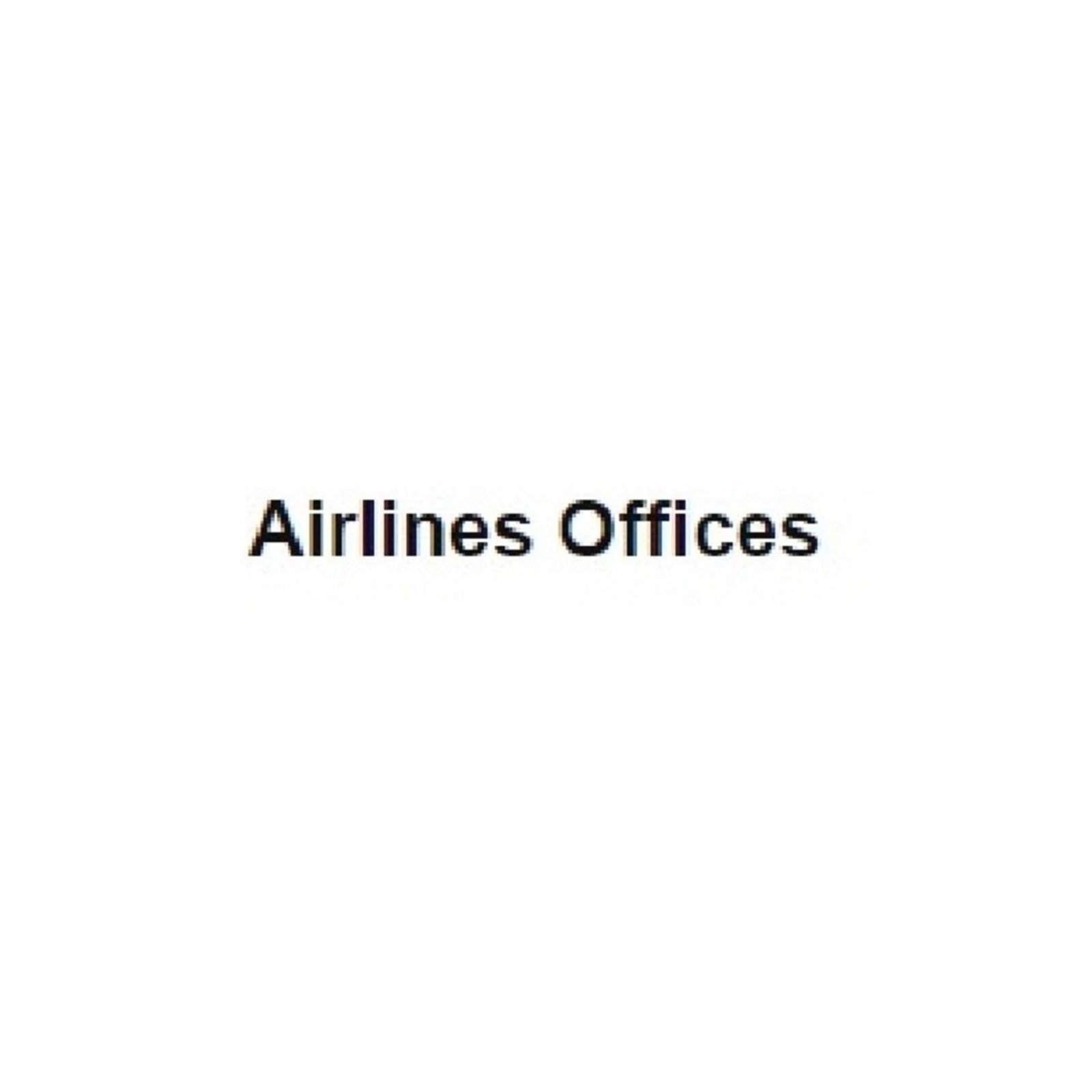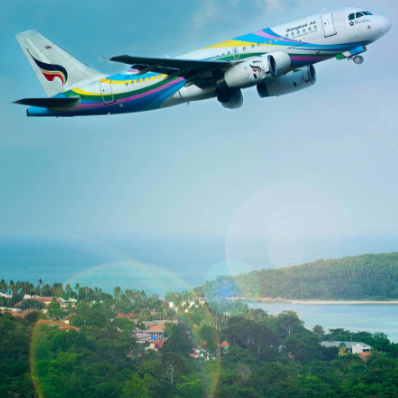The sustainable aviation fuel market is set for a dramatic transformation, leaping from USD 0.9 billion in 2024 to nearly USD 78.8 billion by 2034. This surge is driven by renewable feedstocks, scalable processes like HEFA-SPK, and the aviation industry’s urgent need to cut emissions. Fixed-wing commercial aircraft dominate consumption, underlining airlines’ critical role in adoption. While challenges such as high costs, limited feedstock supply, and infrastructure demands remain, the overall trajectory is strongly upward.
Government initiatives, particularly in Asia-Pacific and North America, are creating favorable conditions for production scale-up and adoption. Airlines are increasingly blending SAF into operations, aligning with climate commitments and regulatory requirements. As technology advances and supply chains mature, SAF is evolving from a limited-use option to a core component of aviation’s fuel strategy—marking a major milestone toward achieving cleaner skies and meeting global sustainability goals.
https://market.us/report/sustainable-aviation-fuel-market/
Government initiatives, particularly in Asia-Pacific and North America, are creating favorable conditions for production scale-up and adoption. Airlines are increasingly blending SAF into operations, aligning with climate commitments and regulatory requirements. As technology advances and supply chains mature, SAF is evolving from a limited-use option to a core component of aviation’s fuel strategy—marking a major milestone toward achieving cleaner skies and meeting global sustainability goals.
https://market.us/report/sustainable-aviation-fuel-market/
0
0 Comments
0 Shares







